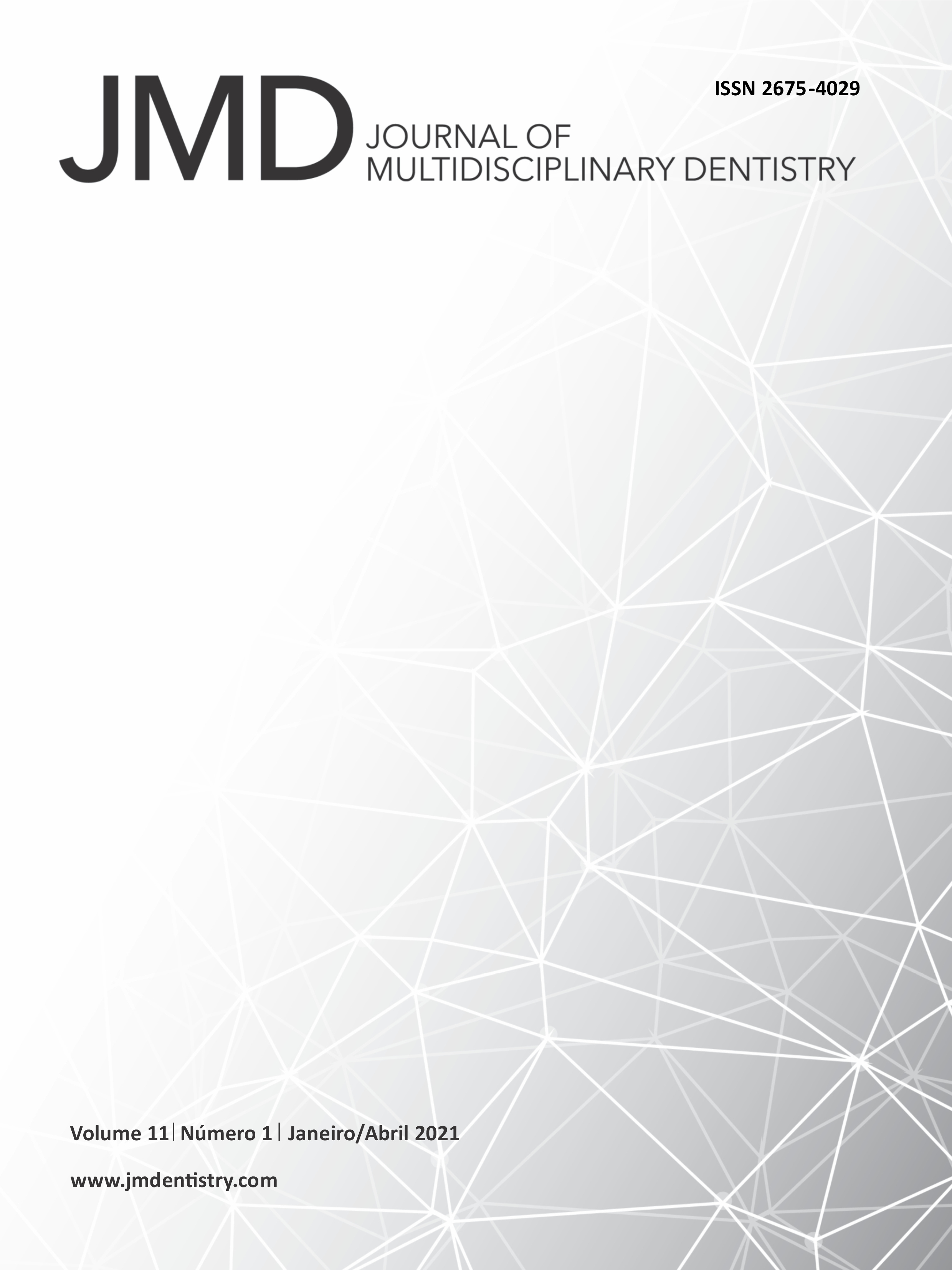Removable partial dentures and reduced periodontium: a two-way street?
DOI:
https://doi.org/10.46875/jmd.v11i1.630Keywords:
Denture, partial, removable, Periodontal attachment loss, Dental occlusion, traumaticAbstract
Often, teeth with reduced periodontal support are chosen as direct pillars in the design of removable partial dentures. In other situations, the use of such devices leads to the loss of pillars by the resulting reduction in the support periodontium. Would this be a two-way street that would involve periodontal disease and occlusal overload and that would result in the failure of the rehabilitation project, leaving sequelae? To answer this question, a narrative literature review was carried out, whose theme of the researched works dealt with the relationship between the periodontium and the traumatic occlusal forces (11 articles) and the longevity of prosthetic abutments rehabilitated with removable partial dentures (10 articles), within timeless intervals and the last 10 years for each theme, respectively. Thus, by searching the electronic platforms BIREME, SciELO (Scientific Electronic Library Online), VHL (Virtual Health Library) and PubMed (US National Library of Medicine National Institute of Health), one can select 21 works. Therefore, despite the limitation of studies on the topic, it was confirmed that there is a two-way street of periodontal involvement in prosthetic rehabilitation using removable partial dentures. If, on the one hand, these devices negatively influence the health of the periodontium of teeth with different heights of periodontal support, on the other hand, periodontal compromised teeth hinder the occlusal stability of the prosthetic project and, consequently, compromise the longevity of rehabilitation. It should be noted that the use of removable partial dentures remains current and reliable, as long as biomechanical principles are respected and a rigid schedule of periodontal maintenance is established.


